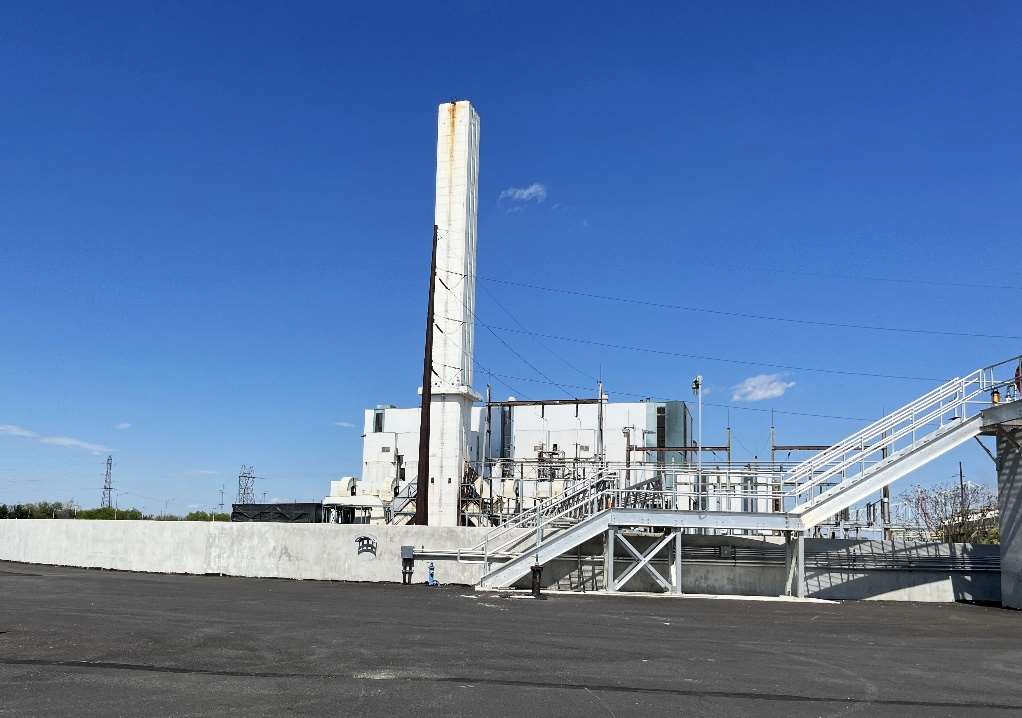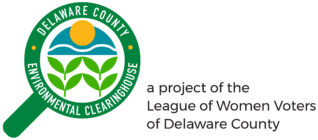Researchers Present Southern Delco ‘Fenceline’ Environmental Health Report

Excessive and constant foul odors, air pollution and noise are common environmental health issues stressing out the residents of 10 communities in southern Delaware County, according to a study by Johns Hopkins University, the Clean Air Council, and Marcus Hook Area Neighbors for Public Health.
The ASSESS report – Assessing Strengths, Stressors and Environmental Justice in Southeastern Pennsylvania Community and Environmental Health — was presented to an audience of about 40 at the Blue Cross-Blue Shield Wellness Center in Chester July 30.
The project worked with residents of Boothwyn, Chester Township, City of Chester, Eddystone, Linwood, Marcus Hook, Ogden, Parkside, Trainer, Twin Oaks, Upland, and Upper Chichester. The towns, known as “fenceline” communities, are home to or border on numerous industrial sources of pollution, including two trash incinerators, an oil refinery, and numerous chemical manufacturing and petrochemical processing facilities.
Presenters also pointed out that the study population lives along and in close proximity to the I-95 corridor and the CSX freight line, transportation systems widely recognized as major sources of noise and air pollution.
The report stressed that the 147 subjects of the study were also co-investigators who participated in the research throughout the project, which started in 2021, developing questions, reporting their own symptoms, gathering data from neighbors and participating in focus groups. This process led to a great deal of trust between the subjects and the researchers.
“People say, well if you don’t like it, why don’t you move. How dare they! Why should we leave when we can work together to make our communities better,’” said Echo Alford of the Clean Air Council and Marcus Hook Area Neighbors. “Most of the people taking part in the assessment said they have a strong sense of belonging and comfort in their communities.”
Seventy-eight percent of the147 participants were women, 62% were white, 27% were black. Most of the participants liv in Trainer (36%), Marcus Hook (20%) or Chester (17%).
The researchers found that adverse mental and physical health conditions, such as wheezing, coughing, depression, congestion, headaches, hypertension, nose bleeds, throat and eye irritation, and allergies were widely reported. The self-reporting of symptoms exceeds the rates of conditions that have already been diagnosed and treated, including asthma among children, the report says.
Cumulative Burden
“No one has ever looked at the cumulative burden and seen that this is too much pollution for one area,” said Eve Miari of the Clean Air Council and Marcus Hook Area Neighbors for Public Health. Residents also suffer from numerous non-environmental stressors, such as food and housing insecurity, financial insecurity and crime, the report said.
In addition, the report emphasizes that it is the “cumulative burden” of all sources of pollution is weighing most heavily on residents of the 10 communities.
For example, the Reworld trash incinerator (formerly known as Covanta) located in the city of Chester, emits more PM2.5 [fine particles of soot containing dust, heavy metals, and organic chemicals] than any other such facility in the nation, operates with the fewest air quality controls, and has a long history of violations and non-compliance with existing environmental regulations, the report says.
Pollutants from Reworld and other industrial sites along the river include particulate matter, VOCs (volatile organic compounds) like PFAs and benzene, and heavy metals, including lead, cadmium, nickel and arsenic.
However, the incinerator claims it complies with EPA standards as do all the other sources of pollution in the area, such as the Marcus Hook Industrial Complex and Monroe Energy. It is when they measure all of the pollution taken together that investigators can determine the cumulative burden on residents, explained .
Those two organizations have received funding from the Environmental Protection Agency to install outdoor air monitors at homes, businesses and organizations throughout Delaware County’s river communities. For more information on that project contact airmonitoring@cleanair.org.
Southern Delaware County communities have high proportions of residents who live below twice the federal poverty level, lack health insurance, experience housing burdens (i.e., pay over 50% of their income on housing costs), and have low educational attainment, the researchers said.
Read ASSESS Report Here.
Read Johns Hopkins Chester Hazardous Air Pollutant Monitoring and Assessment Project (HAPMAP) Pilot Project report here and here.

